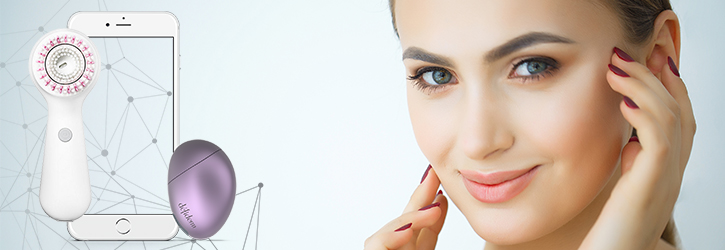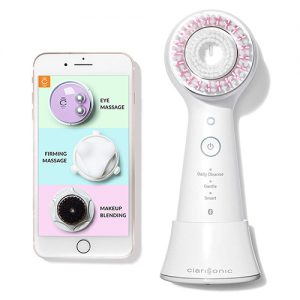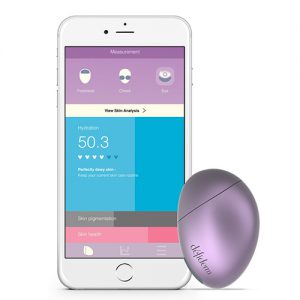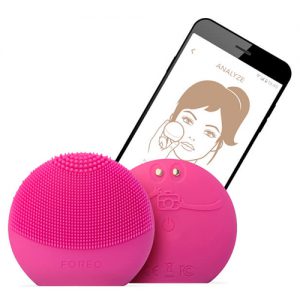One of the most important trends in the beauty industry today is personalization. Device marketers are jumping into the trend and offering a custom-made experience with their product to create a long-lasting relationship. This trend plus others, such as dermal rollers and microneedling, contribute to the strongest growth the U.S. beauty devices market has seen in several years.
These apps empower today’s consumer with self-diagnosis, procedure timing, step-by-step directions, and much more. As consumers seek out brands that offer personalized treatments, strong technical support brands like Foreo and NuFace are resonating with them as they deliver on these attributes.
For beauty devices, it’s as simple as how treatments can be customized to meet individual skin care needs. Recently, this is achieved via designated device apps. Beauty devices that can be easily connected to mobile apps are increasing in popularity, as they allow consumers to achieve a more personalized treatment.
Many marketers launch new products along with apps, including the recently released Foreo For You app, the Lumea coaching app, and the défiderm analyzer and its app, further personalizing skin care routines. Clarisonic recently launched Mia Smart, which features an app to give consumers a more personalized cleansing experience.
Another major new entrant in the world of connected beauty is Foreo, via the Foreo Luna Fofo. Featuring a 100% waterproof silicone design and 24-karat gold-plated sensors, it can be used with the Foreo For You app. After every skin analysis, a customized cleansing routine is created in the app, and it is automatically synced with the device for a personalized and optimal skin care regime.
New App-connected Beauty Devices in the United States
Our recently published U.S. volume of our Beauty Devices: Global Market Analysis and Opportunities report offers a detailed understanding of such key trends that have begun to emerge as an extension of the connected beauty world, including skin scanners. With a handful of skin scanners already available in Asian markets, we see them making their way to the United States. These skin scanners use a combination of hardware (devices) and software (apps) to analyze the condition of the skin.
At CES 2019, Johnson & Johnson builds on the Neutrogena SkinScanner with the launch of a new app – MaskiD – that helps create custom face masks. The marketer will be using five key ingredients to develop these masks, with every mask targeting six zones, including the forehead, eyes, cheeks, nose, chin, and chin-to-cheek lines. Consumers have the option to choose their ingredients specific to the target zones. We will keep an eye on this matter in our Beauty Devices: Global Market Analysis and Opportunities report.




